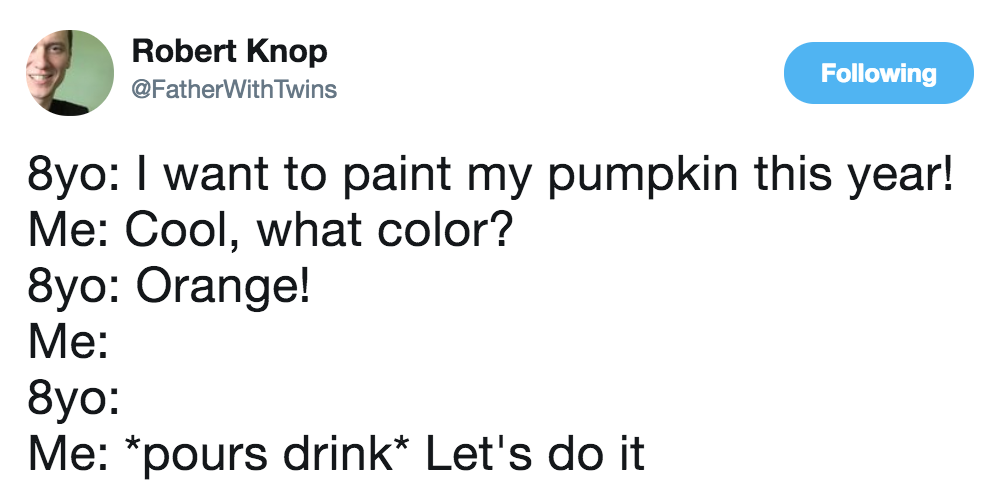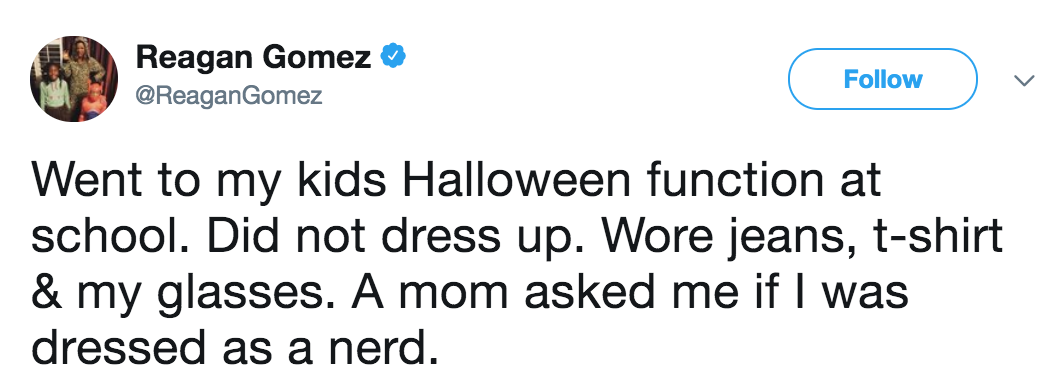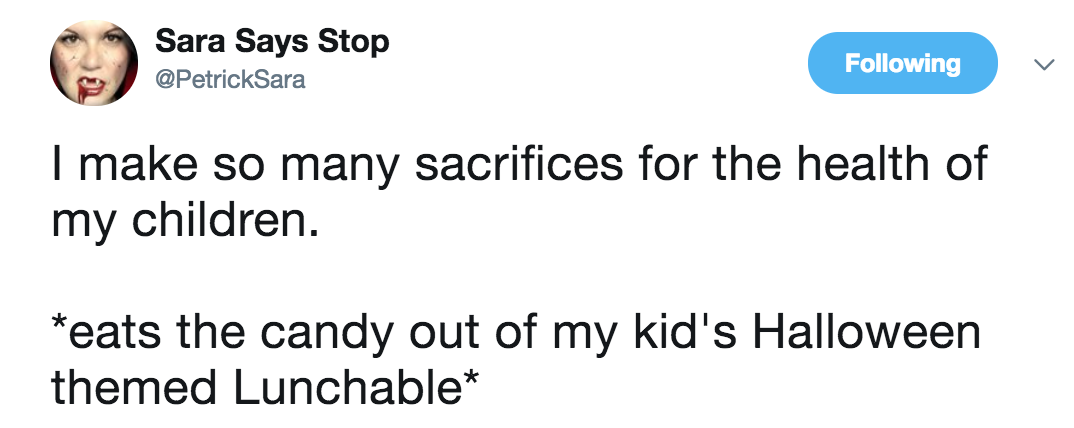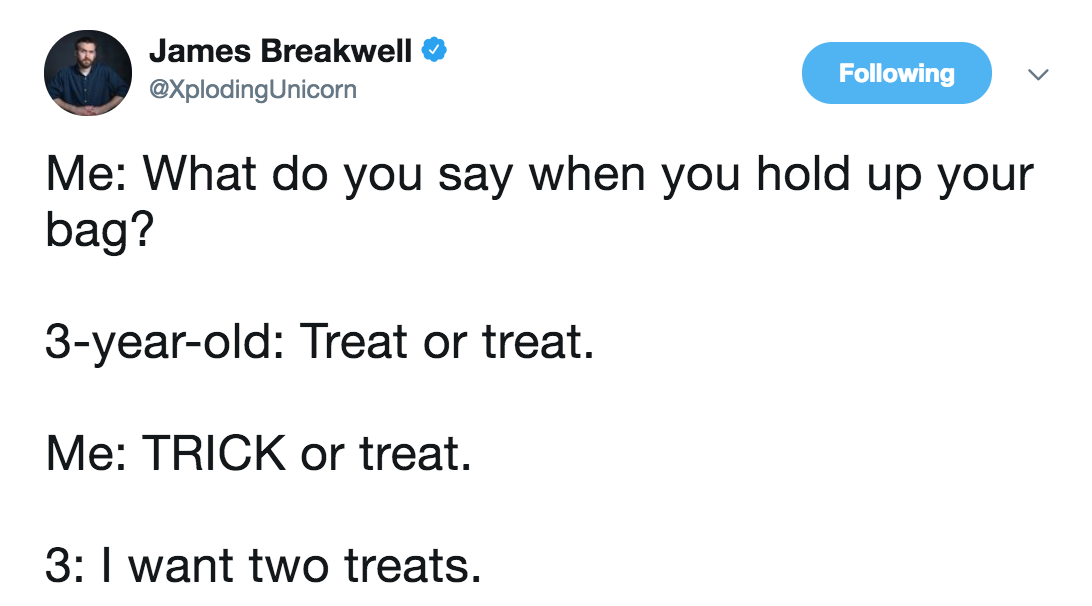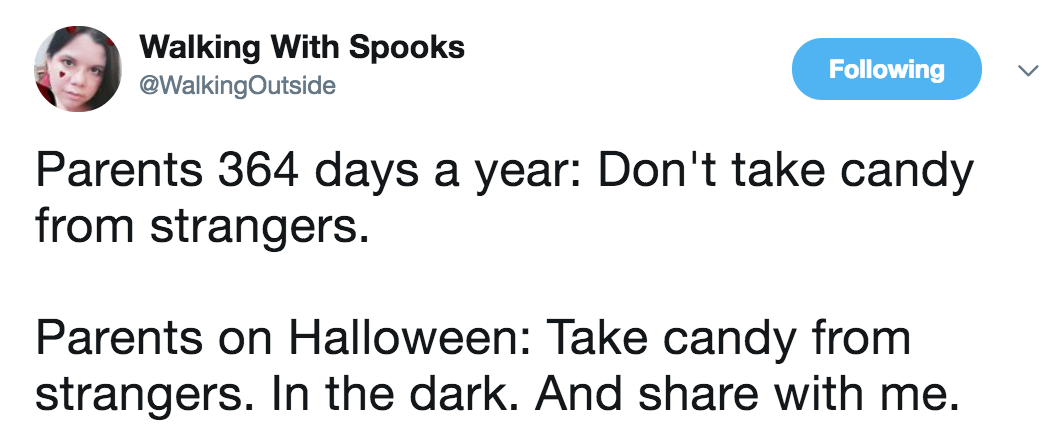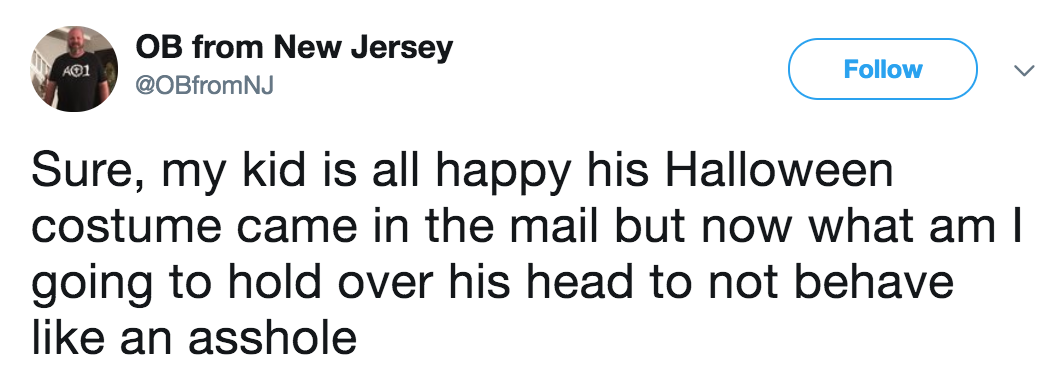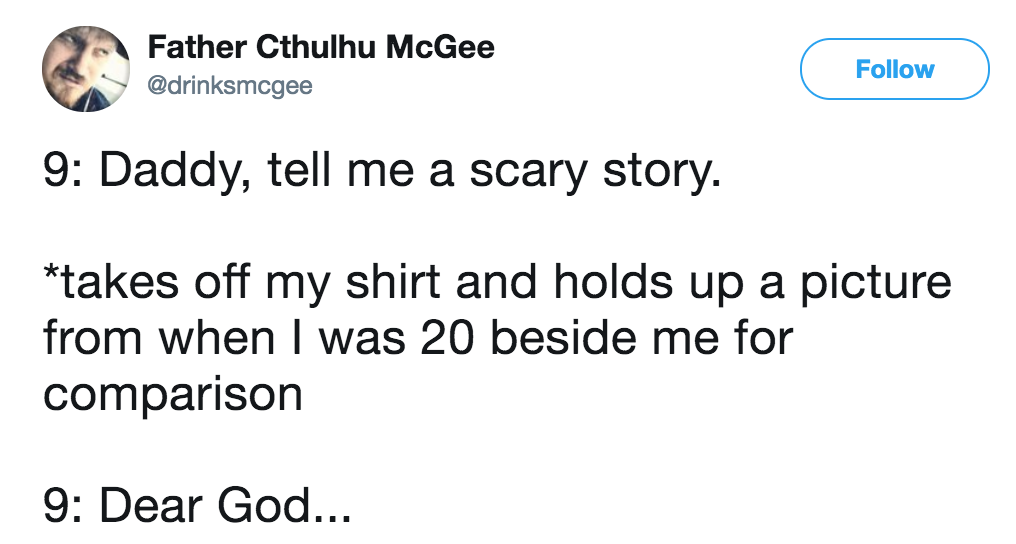Kids do all kinds of things that we don’t like, things that drive us nuts. Sometimes they do things that are dangerous, things that scare us half to death. They cross lines and test boundaries. My oldest son climbs on everything. My second son is overly aggressive with his affection, especially with his baby sister. My third son struggles with hitting, pinching or biting when he becomes angry.
This is all part of growing up. This is all part of being a parent. These little people we call our kids are trying new things and trying to figure out the world around them. In order for them to do this successfully requires that we set and help them understand limits, boundaries and consequences.
I love the way that Genevieve Simperingham explains our kids process of learning how to interact appropriately and empathetically with the world around them. She says,…
“Children mostly learn that they’ve crossed a line through the feedback of others. The image comes to mind of travelling in another country, there’s a lot of strict cultural rules about what’s okay and not okay and we only learn that we’ve been inappropriate when we get the feedback – how scary! We’d truly hope they had compassion for our lack of prior immersion into their culture and see our clumsiness as lack of awareness rather than lack of care or respect.
Children learn about empathy mostly through the direct experience of being empathized with and feeling how that helps them feel better.”(Setting Limits with Love, Genevieve Simperingham, www.peacefulparent.com )
Limits, Boundaries and Consequences, Oh My!
Limits, boundaries and consequences all work together with love and empathy to teach and help our kids perceive and interact with the world in positive ways. In this article I’ll address each concept of limits, boundaries and consequences and some practical ways to understand and utilize them in positive, peaceful ways.
Setting Limits: A limit is an imposed request or restraint on our child, and is most often coupled with stating a clear consequence. Sometimes the natural consequence is simply built into the limit itself. Some examples may include…
- Lead with a positive, empathetic response: “You may go play as soon as your room is clean.” In this example, play is limited on conditions of the child completing his chore. The natural consequence is that he may choose when he will do the chore and thus postpone or move him toward his playtime.
- Set limits with love and firmness: Tell them how you feel and what you don’t like as well as what you do like. Then reassure them of your unconditional love and regard for them. An example might include, “I know you’re frustrated right now. I don’t like when you hit me. I like it when you ask me for the things you need.” When your child asks to do something, for example, “Mom, can I go to Jimmy’s house?” You could respond with, “That sounds like a great idea another day. Right now we are getting ready for dinner.” If they continue to protest and ask why simply and empathetically say, “I know you really want to go. Sorry that’s not going to happen tonight.” If it still continues, just state the famous Love and Logic phrase, “I love you too much to argue.”
[Tweet “Set limits with love and firmness”]
- Don’t limit emotions, limit behavior: Stop the behavior through direction, separation and redirection. It’s okay for your child to be upset about it, but it’s important to separate the emotions from the negative behavior we wish to limit. For instance, it is okay to be angry, but hitting is not okay. “No throwing toys, because that hurts people and the toys.” It may require that we take the toy or separate our child from the situation, but no punishment or further action is required.
Setting Boundaries: A boundary is a statement or action of personal limits. It communicates, “This is where I end and you begin. This is what I am willing to do and what I am willing to allow you to do or not do to me. Dr. Henry Cloud describes it like your own fence around your personal property that keeps the bad stuff out and your personal treasures in. This doesn’t mean we never let anyone inside our boundary, it simply means that there is a clear boundary and a gate by which you can let others come and go in a way that is comfortable and wise.
- When kids make demands or requests of us. My kids often make demands at the dinner table. They say things like, “Dad, get me some water” or “I want a different glass or plate or utensil.” These demands are often made of my wife or me when we are busy preparing one of our small children’s food or finally sitting down to eat our own meal. Sometimes, parents respond simply by not responding. They ignore the request. Sometimes parents snap back at the kids, “Can’t you wait a minute? I’ll do it, just wait!” Sometimes parents just give in to the demand against their will. There is a better way that acknowledges the child’s request but asserts our own personal boundaries as well. We can say, “I would love to get that for you as soon as I done fixing your sister’s plate or after I am done eating. If you don’t want to wait, you are welcome to get it yourself.” If you are not willing to do the task for your child at all you can say, “Thanks for asking. I’m eating right now. If you would like water, you are welcome to get it yourself. Thanks.”
- Use “yes” as a boundary setting tool. When a child asks you to buy something for them at the store, say “Yes, you are welcome to buy that with your own money if you would like to earn the money and bring the money with you when we come to the store.” In essence we are saying, “no, I’m not going to buy that for you with my money” but we are not putting a limit on what they can do with their own money. This can artfully place appropriate boundaries out of what we are willing to do while also teaching them and motivating them to do things for themselves.
- When a child hits or is aggressive. We can firmly state our own personal boundaries. “I will not let you hit me.” This may include backing away to get out of arm or leg range, putting a hand out to stop hits and kicks or gently holding a child if they are receptive and need you to help them calm themselves.
Establishing Consequences: A consequence is simply the effect that follows any given action. Consequences are inevitable. They are natural and constant. There is no action that does not have a consequence. Kids sometimes struggle to see and understand the natural consequences of their actions and definitely struggle to anticipate consequences. It can be helpful for parents to teach kids about consequences and help them anticipate consequences that will arise, whether natural or imposed consequences.
- Educate them about positive and negative consequences: Consequences are not necessarily something we have to impose upon our children. It’s not something that I do to my children but it’s just part of living. Consequences are best learned as they are woven into our limit and boundary setting. It’s important to teach our kids that consequences are not just negative things, but that all of their choices have consequences. Positive choices also provide positive consequences. I’m not referring to rewards that parents give but just regular everyday benefits of making good choices.
- Allow natural consequences: Too often parents jump in and either overshadow the real life natural consequences of a situation by either giving a harsh punishment or unnecessary reward instead of simply letting them experience the natural consequences. If they choose not to complete their homework, poor grades or other consequences at school may follow. If they refuse to get shoes on before it is time to leave the house (when age appropriate), they get to carry their shoes with them to the car or go without shoes. When they refuse to go to sleep, they get tired. On the other hand, they feel good when they do something kind for a brother or friend and they get to move on to play time when they complete their chores. We all experience consequences in our everyday lives and we learn from them without any lectures or punishments.
- Follow through with realistic, rational consequences: When people think of consequences, they most often think of groundings, taking privileges away, spankings, lectures and other punishments, but these are neither necessary or effective for teaching positive skills and values. The more natural, realistic to life and related to their behavior the consequence is, the more effective it is in teaching the desired lesson. When a child makes a mess, the logical consequence is that he cleans up after himself. When a child damages something, a natural consequence is that they replace it. As referred to in the limits section, the natural consequence of a child refusing to do chores is that they postpone their own play time. When we follow through with natural consequences and show empathy we take the focus off of us and allow our child to learn from the consequence. It give us opportunity to help our child learn to solve their problems rather than causing them to blame us and see us as the problem.
5 Important principles to remember when setting TRU limits, boundaries and consequences:
It can be helpful to evaluate the limits, boundaries and consequences we set and how we set them in accordance with the principles of TRU parenting. Do our limits and the way we deliver them teach our child what we want them to learn? Do they build on our relationship? And do they allow me to upgrade myself and improve my own boundaries? The following are 5 specific guidelines to help set limits, boundaries and consequences that meet the principles of TRU parenting and promote positive ongoing cycles rather than simply demanding immediate compliance only.
1. Lead with the positive and with empathy: The connection and relationship between parent and child is one of the most important elements of setting positive, clear limits, boundaries and consequences. When we approach a limit with understanding and with words that ignite positive, agreeable feelings, we find that kids are much more cooperative. My wife’s cousin recently shared the following story with me about my wife and second son. She reported…
“Eli (my 6 year old son) was teasing and upsetting Emma (my 2 year old daughter). Camille (my wife), was watching and recognized what was going on. Instead of saying “Eli stop” or “Don’t tease your sister” she kindly said “Eli, I don’t think we have hugged today come over here and give your mom a big hug” He happily jumped up and gave her a big hug for a few seconds and then magically he went about playing and NOT teasing his sister.”
I thought this was so awesome! This is such an incredible example of empathy and my wife recognizing my son’s underlying need. She set a limit by redirecting his behavior to a more appropriate avenue and left the formal teaching for a later time. The need was met and the behavior stopped, all in a way that taught positive principles, built the relationship and Upgrading my wife’s state of mind and being. I know, my wife is amazing!
2. Don’t be afraid of “NO” but don’t overuse it: Sometimes the best way to define or set a limit is with a good old fashion “no.” However, I’ve found that when “no” is overused on every nitpicky little irritation, it loses its value and creates a negative atmosphere.
3. Don’t set limits while sitting: Be actively engaged. When we sit back and bark out limits and orders from our arm chair, our limits have no power. Move toward your kids and reach out to them. Deliver limits and boundaries at their level both physically and developmentally.
4. State what you will do or not do and do or don’t do it: Try to focus on what you will do rather than on what they should do. Mean what you say and say what you mean. Be a Mom or Dad of your word. For example, if your child wants a different color cup than was placed on the table you can say, “I would love to get it when I’m done eating if you would like to wait. I’m fixing food right now and eating my dinner. You are welcome to either get it yourself or wait for me to be done with my dinner.”
5. Teach and plan during the good times: Use weekly family nights, play time or other fun and positive times to be together to teach and plan appropriate social boundaries and show them what consequences might come in different situations. Use role plays and games to help them learn limits, and cause and effect relationships. It doesn’t have to be a struggle to set clear limits. It really can be fun.
Other great resources on setting limits with our kids…
Aha Parenting: How to Set Effective Limits for Your Child
Peaceful Parenting: Setting Limits with Love
http://truparenting.net/peacefully-teach-set-clear-limits-boundaries-consequences-child/


